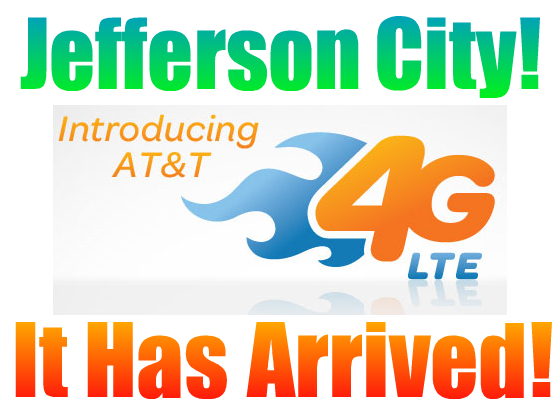THE CELLULAR SERVICE CHOKEDOWN - A TECH CRISIS?
/As time goes on, it seems that cellular service is getting worse and worse. Is this just a passing phase, or are we in the midst of a cellular service choke down?
Three years ago, the tech blog prognosticators predicted a major bottleneck in cellular service due to increasing demand. The increase was said to be fueled by the big shift towards mobile internet use, thanks to faster 4G LTE speeds being served up by the big telecoms.
I'll be the first to admit that I didn't believe it. The reason? Because we had the same failed predictions regarding internet service back in the days of linear dialup modems.
Once dialup modems "topped out" at 56kbps of data transfer speed, the doom and gloom said that they would no possible way to jam data through the telephone network any faster.
Then came broadband.
Someone figured out a way to cram a lot for data through the same old network by using a different frequency which was above the audio range of human ears. This made it possible talk on the phone and surf the Internet at high speed at the same time!
Nobody ever thought such a thing would be possible, but that was just the beginning. coaxial table and fiber optic table later took it to the extreme.
That being said, I'll show you how that relates to the current topic.
We are on the front end of the same type of mess, but with the cellular network. Now that the majority of people are using their smartphones to access the Internet rather than laptops or desktop computers, there has never been more demand put on the cellular network than the present time.
While the log jam was predicted years app, I was of the belief that it would never come to a critical head before done new fancy technological breakthrough solved the problem.
I was partially right.
After the 3G high speed cellular network was built about 4 years ago, the "HSPA+ enhanced" days service brought us speeds upwards of 10Mbps on our smartphones. But over the next year, that dropped down to about 1.5Mbps.
The reason? Too many people flooded the network with their smartphones sitting the net like never before, and the system couldn't handle it.
It's the same effect you get when you're at a concert or large gathering, and you notice that your cellular service drops off to zero and doesn't return to normal until the crowd disperses.
Well folks, right now we are hitting rock concert levels in the current 4G LTE network. What started off as an unmitigated data speedway where we had blazing downloads as fast as 50Mbps has now turned into a log jam of snail data traffic that you're lucky to get 1Mbps out of on a good day.
On the one hand, I'll say that I believe the prognosticators on what they said about the "dead end" of the cellular network. But I don't believe this will be the dead end overall.
We're smack dab in the middle of a paradigm shift. More and more people are ditching desktops for smartphones each and every day, and we've already hit critical mass.
But one thing I have learned from history when it comes to the advancement technology is that the very minute the "experts" say that we have reached the limit, we are blindsided by a new quantum leap inducing breakthrough that catapults us into the future.
My prediction for our current saturated overused overwhelmed cellular network? The problem will fuel technological advancement, and we are more than likely on the brink of our next quantum leap in data transfer. And when it happens, it well be bigger, faster, and more amazing than anything we can even imagine.
Carlton Flowers
Gadget Oracle

